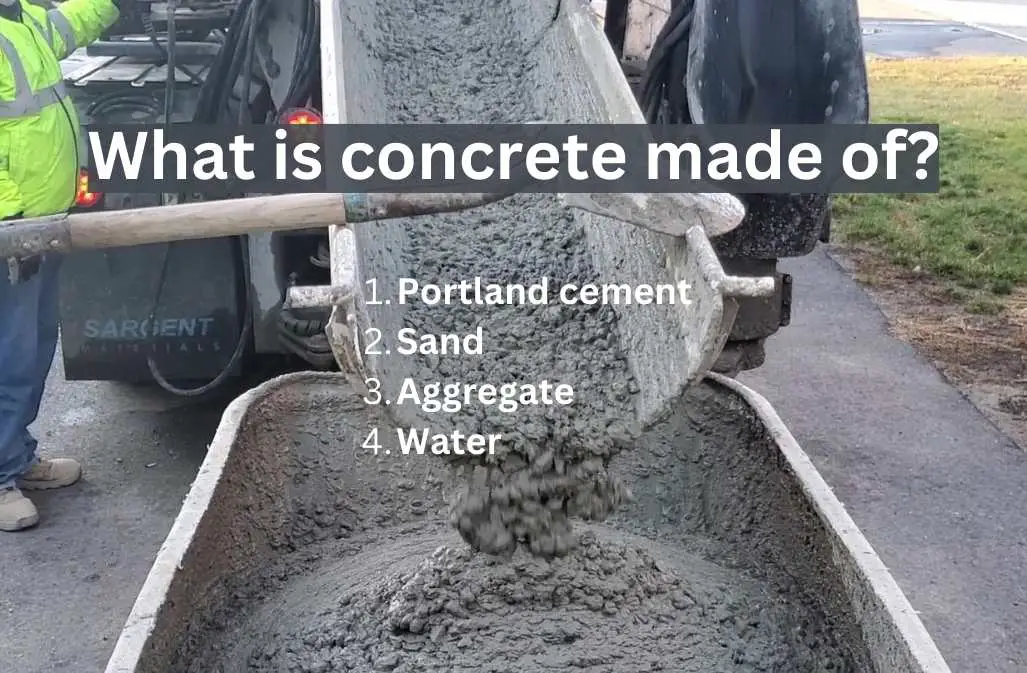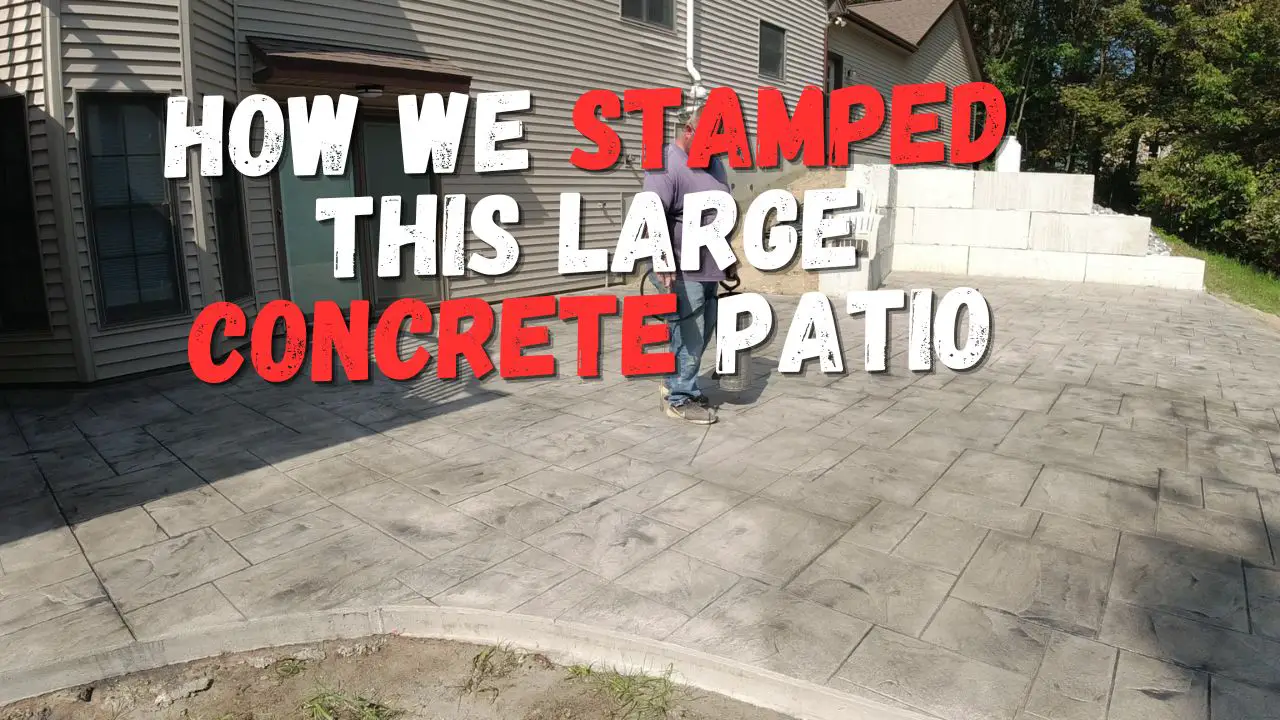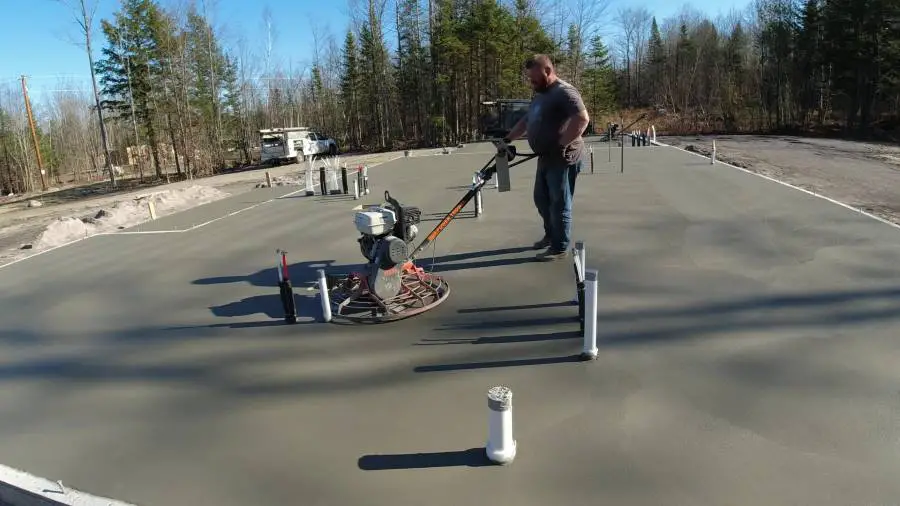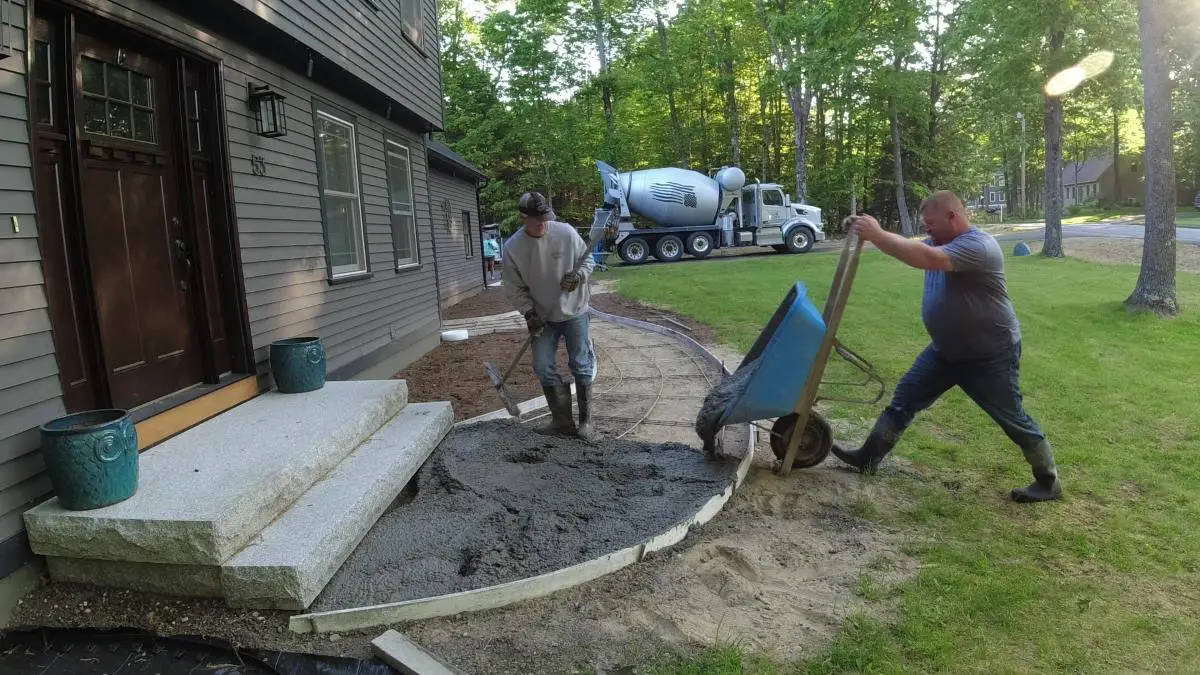What is concrete made of?
From Cement to Concrete: Understanding the Ingredients
Concrete is typically made of cement, water, sand, and aggregate (such as gravel, or crushed stone). These materials are mixed together to form a paste that hardens over time into a solid structure.
The ratio and type of ingredients used can vary depending on the intended use of the concrete.
The most common concrete mixture is made by blending Portland cement (typically making up 12-16% of the mix), water (15-18%), and aggregates such as sand, gravel, or crushed stone (64-76%) into a paste.
The mixture hardens and forms a solid, rock-like mass as the cement and water react, binding the aggregates together.
This makes concrete one of the most widely-used, strong and durable building materials, commonly found in construction projects such as bridges, buildings, and sidewalks.
Portland cement is the most commonly used type of cement in concrete, serving as the main binding ingredient.

is concrete and cement the same thing?
No, concrete and cement are not the same thing. Cement is a fine powder that acts as a binding agent when mixed with water and aggregates (such as sand, gravel, or crushed stone).
This mixture forms a paste that hardens over time and becomes concrete. Concrete is the finished product made from cement, water, and aggregates.
So, cement is one of the key ingredients in concrete, but normal concrete is not the same thing as cement.
What are the basic components of a concrete mix
A basic concrete mixture typically consists of the following components:
- Cement: A fine powder that acts as a binding agent.
- Water: Used to hydrate the cement and create the paste that forms the backbone of the concrete.
- Aggregate: This can be gravel, or crushed stone that provides bulk and structure to the mix.
- Sand: This is the fine aggregate, helps bind the paste and stone together.
- Air: (Optional) The mix may also contain air pockets, which can help with freeze & thaw protection and reduce cracking & spalling.
The proportions of these components can vary depending on the intended use of the concrete, as well as local climate and other factors. The mix is designed to be strong, durable, and workable, while also being able to set and cure properly over time.
What are the most desired properties of a good concrete mix?
A good concrete mixture should have the following properties:
- Strength: The concrete should be able to withstand heavy loads and stress.
- Durability: The concrete should be able to resist wear, weathering, and chemical attack over time.
- Workability: The mix should be easy to handle and place, and be capable of being molded into the desired shape.
- Setting Time: The concrete should set within a reasonable time frame and be ready for use.
- Density: The concrete should have a consistent, uniform texture and density throughout.
- Low Shrinkage: The concrete should have minimal shrinkage as it cures and hardens, to avoid cracking.
- Water-Cement Ratio: The mix should have the right balance of water and cement to ensure proper hydration and setting.
- Resistance to Freeze-Thaw Cycles: The concrete should be able to withstand repeated cycles of freezing and thawing without cracking or losing its structural integrity.
- Sulfate Resistance: The concrete should be resistant to sulfates in soil and water, which can cause expansion and damage.
- Long-Term Stability: The concrete should maintain its physical and chemical properties over time.
What are the most common types of concrete admixtures?
Concrete admixtures are materials added to the concrete mix to modify its properties. Some of the most common types of concrete admixtures include:
- Water-reducing admixtures: Reduce the amount of water needed for a given consistency, allowing for stronger, more durable concrete.
- Air-entraining admixtures: Add tiny air bubbles to the concrete, improving its ability to resist freeze-thaw damage.
- Accelerating admixtures: Speed up the setting time of the concrete, allowing for quicker finishing and early use.
- Retarding admixtures: Slow down the setting time of the concrete, allowing for longer placement and finishing time.
- Plasticizers: Increase the workability of the concrete mix, making it easier to place and finish.
- Superplasticizers: Dramatically increase the workability of the concrete mix, allowing for easier placement of large, flowing concrete pours.
- Corrosion inhibitors: Protect reinforcement steel and other metal components from corrosion.
- Bonding admixtures: Improve the bond between the concrete and existing surfaces.
- Shrinkage-compensating admixtures: Help to reduce the shrinkage of the concrete as it cures, reducing the risk of cracking.
- Fiber reinforcement: Add fibers to the concrete mix to improve its strength, reduce cracking, and increase durability.
what is cement made of?
Cement is made from a mixture of minerals, primarily limestone, clay, and iron oxide. The minerals are ground together to form a fine powder, called raw meal.
The raw meal is then heated in a kiln to high temperatures (up to 1450°C) to form clinker. The clinker is then ground into a fine powder, called Portland cement, which is the main binding ingredient in concrete.
Other ingredients, such as gypsum, may also be added to regulate the setting time of the cement.
what is concrete made of chemically?
Concrete is made up of several chemical compounds, including:
- Portland cement: The main binding ingredient in concrete, made by heating a mixture of limestone, clay, and iron oxide to high temperatures.
- Calcium silicates: The main components of Portland cement, formed by the reaction of calcium and silica in the presence of heat.
- Calcium hydroxide: A byproduct of the reaction between Portland cement and water, also known as hydrated lime.
- Calcium aluminates: Another component of Portland cement, formed by the reaction between calcium and alumina.
- Aggregates: Typically sand, gravel, or crushed stone, these materials provide the bulk of the concrete mix and serve to reinforce the cement paste.
- Water: Acts as a chemical reactant in the curing process, causing the calcium silicates to harden and bind the aggregates into a solid mass.
The chemical reaction between the Portland cement, water, and aggregates causes the concrete to harden over time, forming a durable and rigid structure.
The exact composition of hardened concrete can vary depending on the intended use and desired properties, but these basic ingredients are found in most concrete mixtures.
what is the most commonly used concrete mix design?
The most commonly used concrete mix design is called a normal-strength concrete, which consists of Portland cement, sand, aggregate (typically gravel or crushed stone), and water.
The proportions of these ingredients are typically expressed as a ratio, such as 1:2:3:0.5, which represents the ratio of cement to sand to aggregate to water.
This mix is suitable for a wide range of applications, including sidewalks, bridges, buildings, and other structures, and is considered a good all-purpose mix that provides a good balance of strength, workability, and durability.
The exact proportions of the fresh concrete may vary based on the specific requirements of the project and the desired properties of the concrete, but the basic raw materials remain the same.
Types of concrete
Besides the question of how concrete is made, it is essential to know that there are
different types of concrete— about 16 of them. Let’s take a quick look at 5 of the most
common types below.
1. Lightweight concrete: refers to any type of concrete with a density level of less
than 1920kg/m3. It is commonly used to protect steel structures and is widely
used in areas such as walls or flooring.
2. Plain concrete: is the simplest form of concrete commonly used in making
pavements and slabs.
3. Air-Entrained concrete: is a form of plain concrete infused with air particles and
is suitable for structures in environments with high freeze-thaw tendencies.
4. Reinforced concrete: is made with reinforced bars and contains high tensile
strength. It is used in erecting bridges and other weight-bearing structures.
5. Precast concrete: is created in a controlled environment and transferred to the
job site. Examples are blocks, stairways, or poles.
Other types of concrete construction materials include Normal strength, Ready mix, Polymer, Glass, Pervious, Pre-stressed, High-strength, Vacuum, Asphalt, Rapid set, and Self-compacting
concrete.
Learn more about concrete mixing ratios!
Concrete VS Cement: What's the difference?
in conclusion:
In conclusion, concrete is a composite building material that is made up of several components, including Portland cement, aggregates, and water.
Portland cement is the main binding ingredient in concrete and is made from a mixture of minerals, such as limestone, clay, and iron oxide.
Aggregates, typically sand, gravel, or crushed stone, provide the bulk of the concrete mix and serve to reinforce the cement paste.
Water acts as a chemical reactant in the curing process, causing the calcium silicates in the Portland cement to harden and bind the aggregates into a solid mass.
The most commonly used concrete mix design is a normal-strength concrete mix, which provides a good balance of strength, workability, and durability.
The precise composition of a concrete mix can vary based on the intended use and desired properties, but these basic components are found in most concrete mixtures.














